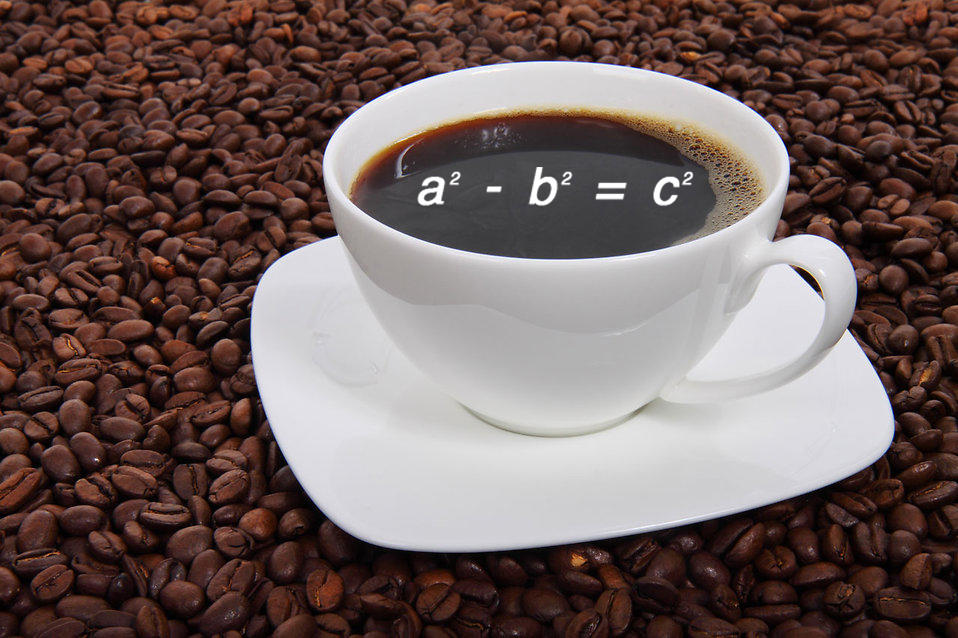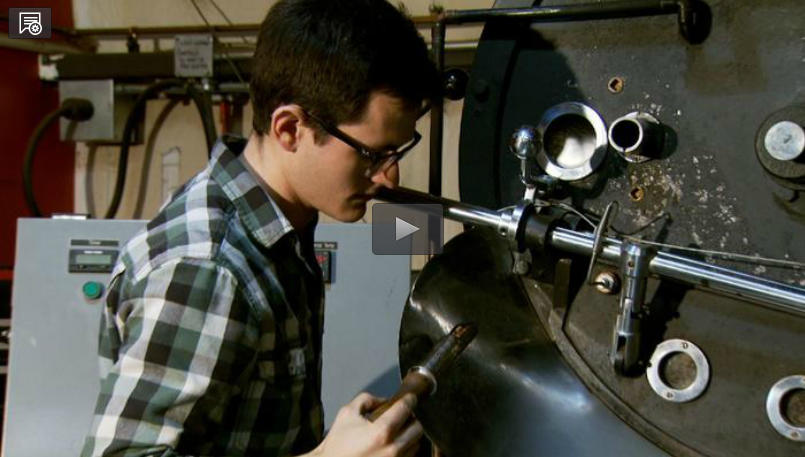
Section Branding
Header Content
Lesson Plan: Brewing The Perfect Cup With Math
Primary Content

The history of coffee goes back as far as the 10th century. However, it has been in the last century that coffee production has become much more commercialized and scientific, incorporating chemistry and mathematics concepts. So what can the coffee roasting process teach us about math? Lots! Every blend of coffee has a unique mixture of variables that must be solved for – two of those important variables are time and temperature. When the beans are roasted at high temps, it causes a chemical, or “maillard” reaction, and those reactions create new chemical compounds that impart flavor qualities.
In this video from UNC-TV, students will watch a small business describe the algebra and chemistry behind importing, roasting, packing and distributing coffee beans.

The lesson includes an interactive activity on algebraic reasoning for elementary and middle school students and a video featuring Bill Nye "The Science Guy," as he explains basic algebra and its application in everyday life.
For Discussion:
1. What is the essence of algebraic thinking?
2. List 5 examples of a relationship between things that vary over time.
3. Describe the route of a coffee bean from farm to morning cup of coffee.
4. Where along this route is algebra used?
Georgia Standard(s): MGSE9-12.A.CED.1
Create equations and inequalities in one variable and use them to solve problems. Include equations arising from linear, quadratic, simple rational, and exponential functions (integer inputs only).





